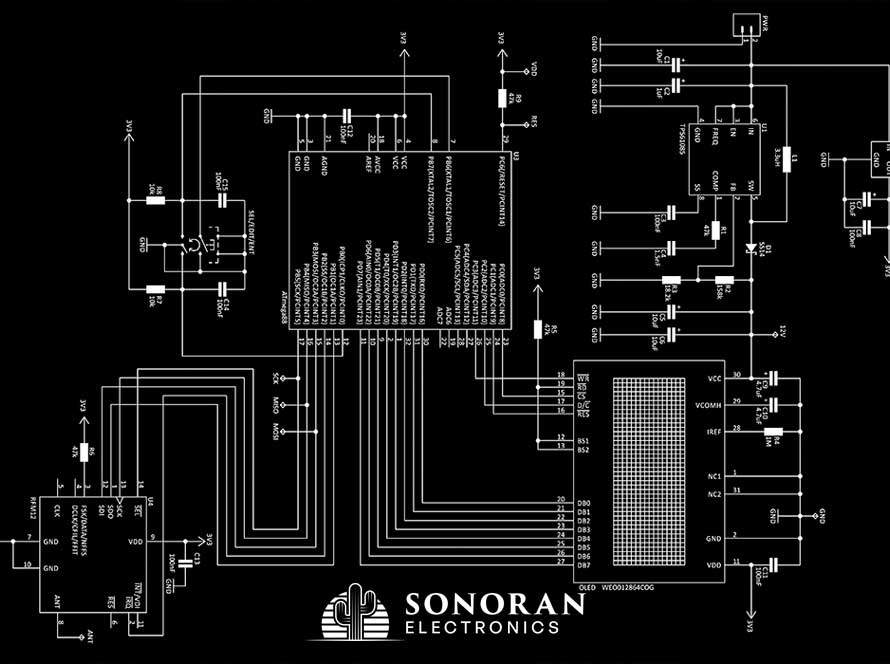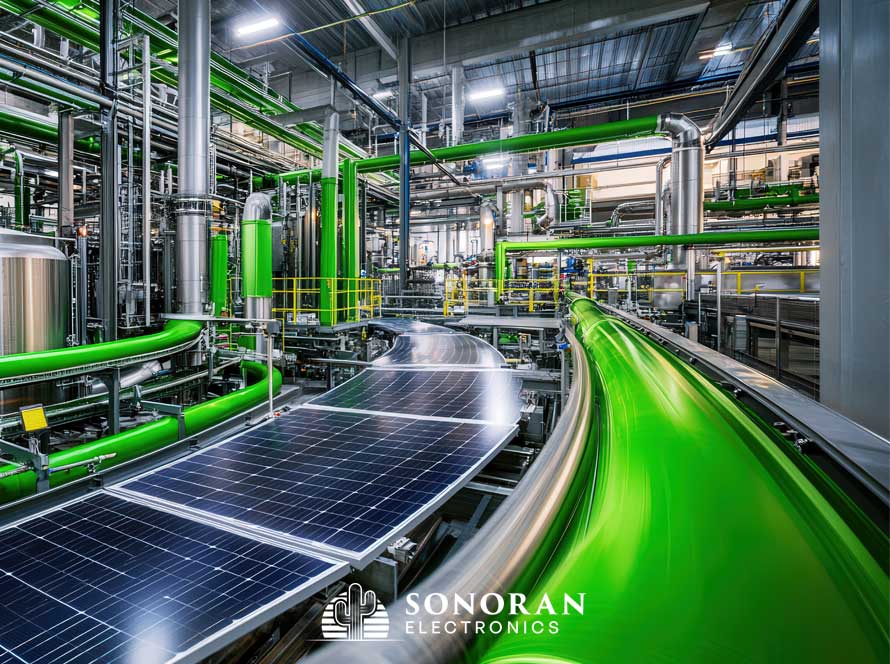The semiconductor industry is witnessing a paradigm shift as manufacturers increasingly turn to heterogeneous integration to overcome the limitations of traditional device scaling. As electronic components become more complex and demand for high-performance, multifunctional systems escalates, next-generation packaging techniques are emerging as a critical enabler of innovation. This approach, which integrates components fabricated using disparate process technologies into a single package, offers a pathway to achieving higher performance, reduced form factors, and enhanced energy efficiency.
Heterogeneous integration fundamentally redefines the architecture of electronic systems by allowing the combination of optimized components into a cohesive whole. This method moves beyond the conventional limits of monolithic silicon scaling, which has historically been guided by Moore’s Law. Instead, it leverages advanced packaging techniques such as 3D stacking, chiplet integration, and interposer-based designs. These methods facilitate the integration of various functions—analog, digital, radio frequency, and power management—within a compact footprint, thus enabling more sophisticated electronic components that can meet the rigorous demands of emerging applications such as artificial intelligence, high-performance computing, and autonomous systems.
The technical challenges associated with heterogeneous integration are nontrivial. As multiple chips with different material properties and operating characteristics are assembled into a single package, ensuring reliable thermal management, maintaining signal integrity, and mitigating interconnect parasitics become paramount. These factors require meticulous engineering and robust design methodologies to ensure that the integrated system performs as intended under diverse operating conditions. Researchers and engineers are addressing these challenges by developing innovative interconnect technologies and advanced simulation tools, which provide deeper insights into the behavior of complex, multi-chip assemblies. Such efforts are critical to mitigating the risks of system failure and ensuring that next-generation packaging not only meets but exceeds current performance benchmarks.
The benefits of advanced packaging extend beyond improved performance metrics. Economically, heterogeneous integration allows for greater design flexibility and the potential to reduce overall manufacturing costs. By decoupling the fabrication of individual components from their assembly, manufacturers can optimize production processes and reduce waste, thereby enhancing yield and overall profitability. Moreover, this modular approach facilitates rapid prototyping and shorter development cycles, enabling companies to bring innovative products to market more quickly. In this way, advanced packaging is not merely a technical improvement but a strategic tool that can provide a competitive advantage in an increasingly dynamic global market.
The shift toward heterogeneous integration represents a transformative trend in the field of electronic components. By combining state-of-the-art packaging techniques with innovative design strategies, the industry is poised to overcome the constraints of traditional scaling and to unlock new levels of performance and functionality. As researchers continue to refine these technologies and address the associated challenges, next-generation packaging will play an increasingly vital role in shaping the future of microelectronics, driving both technological advancement and economic growth.

